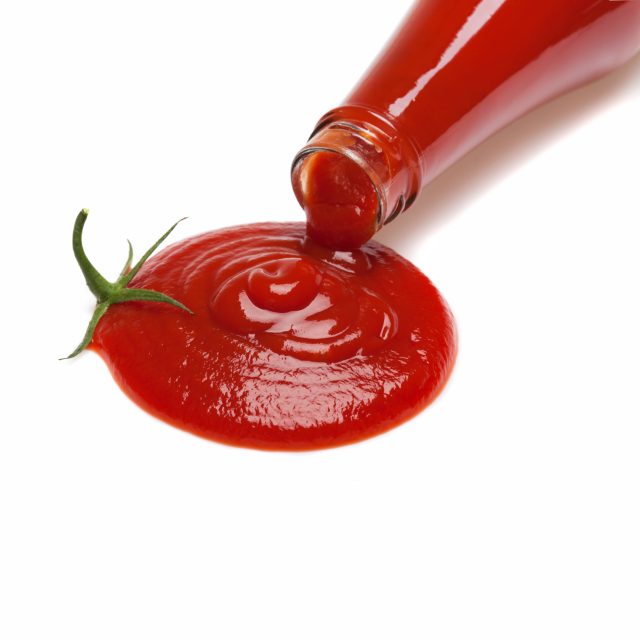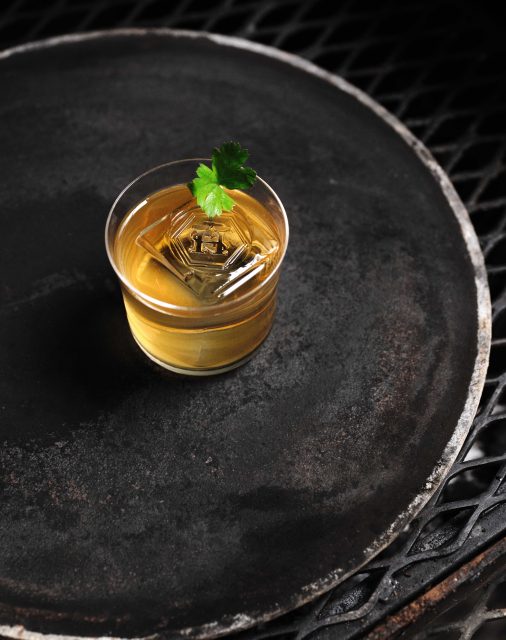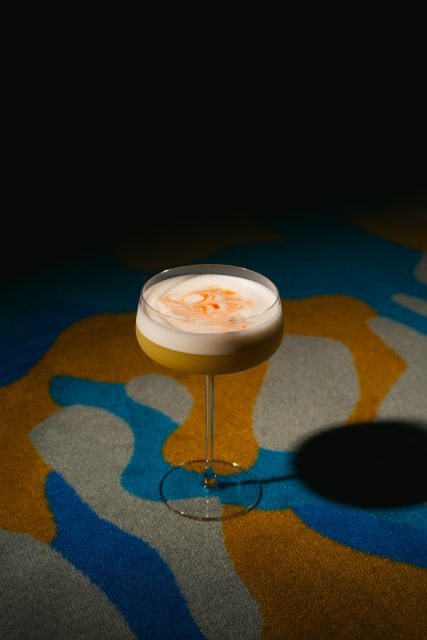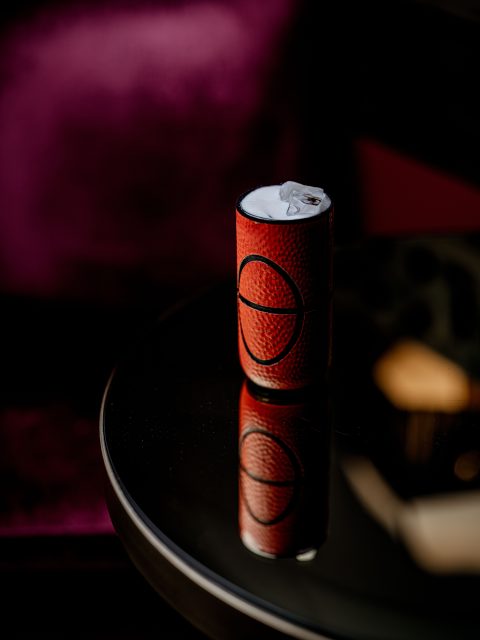This website uses cookies so that we can provide you with the best user experience possible. Cookie information is stored in your browser and performs functions such as recognising you when you return to our website and helping our team to understand which sections of the website you find most interesting and useful.
Ketchup cocktail, anyone? Why bartenders are embracing alternative flavours
From Vegemite to Wagyu beef, are bartenders taking cocktail ingredients too far? Eloise Feilden finds out.

“There’s a growing trend for alternative and savoury flavours in cocktails, and we’re fully on board with it,” says Paul Aguilar, R&D manager at Himkok in Oslo, Norway. Ranked number 10 in the 2023 World’s 50 Best Bars list, Himkok’s mixology team incorporates local herbs, spices and vegetables which are “deeply rooted in Nordic cuisine” in the drinks menu. And its latest cocktail, the Parsnip, is no exception.
Made using Buffalo Trace, Parsnip Maple Syrup and Angostura cocoa bitters, the Parsnip is not Himkok’s first venture into the world of veg, having experimented with cucumber, carrots and beetroot in the past.

Using alternative, and sometimes seemingly unappetising, cocktail flavours is a sure-fire way to turn heads.
Nico de Soto, founder of London’s Wacky Wombat and Parisian bar Danico, is not one to shy away from an intriguing flavour combination.
Wacky Wombat’s V on P may be a twist on a Pisco Sour, but the Vegemite used in its creation adds a distinct “vegetal, sour profile”. Alternative flavours are far more trendy than classic cocktails these days, de Soto argues. And bars in Europe are taking inspiration from Asia’s mixology scene, where “you will find the majority of bars base their cocktails menu on obscure ingredients and spice, which also link to their cuisine”, he says.

At Danico, de Soto has developed a Wagyu beef twist on a Paloma as part of the Japanese-inspired menu. “The current cocktail menu theme at Danico is ‘Japan’ which launched earlier this year.
As soon as I realised that I wanted to focus on this country, Wagyu beef instantly jumped out,” he says.
Wagyu is fat-washed and infused with miso, green tea and Shochu, before combining with grapefruit, water and Wakame Kombu seaweed.
Creating cocktails like these takes a high level of skill, de Soto argues.

“In order to execute savoury flavours you require more experience,” he says. “It’s way harder to use salty ingredients and craft savoury cocktails compared to using fruits and sweater ingredients.”
The drive, therefore, is in the challenge.
Christian Maspes is the bar manager at Velvet and Corinthia London. His cocktail, the Last Dance, infuses The One Lakes Whisky Colheita Cask, Aperol, Yellow Chartreuse, maples, lemon and Ketchup. He says his team researches whether compounds found in different ingredients can stimulate different sections of the palate. “The intention is not just to create a cocktail, but to curate a multisensory experience that captivates and delights the palate,” he says.

An ingredient like Ketchup is likely a hard sell for the average consumer. de Soto says getting people to try alternative cocktails is all about trust. “When you look at a menu, it’s not something most people are going to order. They tend to think the cocktail is weird, so as a bartender you really need to gain their trust and make sure they are as comfortable as possible before they start ordering.”
And it seems to be working. According to Maspes, there’s been a substantial increase in the use of Shrubs, “a delightful combination of fruit cordial and vinegar”, across European bars. “Mixologists are incorporating Umami elements and sauces to create savoury profiles that appeal to those seeking an escape from traditional sweet and fruity cocktails. A noticeable trend in recent years has been the prevalence of fermented products, such as Kombucha and lacto-fermented ingredients, adding depth and complexity to cocktails,” he says.

